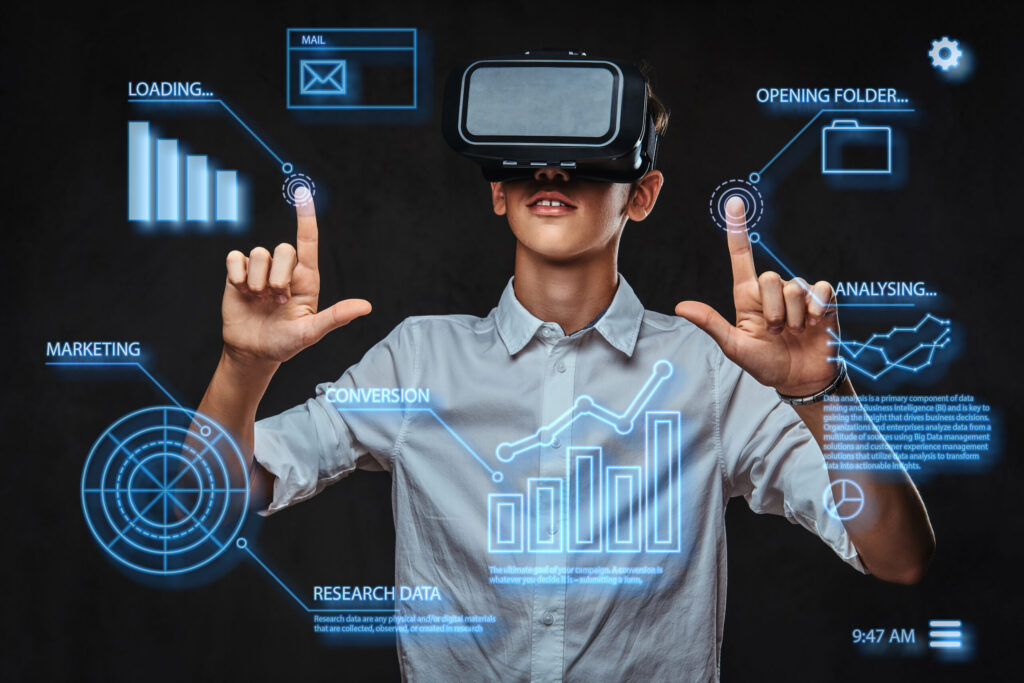
A guide to AI and gamification in hiring
AI has invaded our lives in many forms, and, today, it plays a vital role in manufacturing, healthcare, transportation, security and surveillance, agriculture, etc. Businesses are automating workflows to achieve higher productivity and quality and enhance customer experiences. Two fields where AI is making significant inroads are hiring and gamification.
Most gamification players have realised the potential of combining AI with Augmented Reality (AR) and Virtual Reality (VR) to deliver exceptional gaming experiences.
To understand the impact of AI on hiring, let’s look at a pre-pandemic report. The Gartner 2019 Artificial Intelligence survey said that only 17 percent of organisations used AI-based solutions in their HR functions; another 30 percent would do so by 2022, 38 percent of which would be in talent acquisition. The report also mentioned the proven results for those who had already deployed AI-based solutions in data-based decision-making (62 percent), employee experience (57 percent), and cost savings (51 percent).
The pandemic accelerated virtual hiring and customised assessment solutions to spot the best talent, like HirePro’s, further highlighted the benefits of AI-based tools. Perhaps that is why the global AI recruitment market size in 2021, worth USD 610.3 million, is estimated to touch USD 890.51 million by 2028.
Can AI and gaming be combined to create better hiring experiences? Let’s explore this emerging recruitment trend.
What is gamification in hiring?
Implementing gamification in hiring processes involves engaging candidates better through game theories, mechanics and design. However, it goes beyond making hiring more fun. It gives employers insights into many attributes of candidates to assess their fit, problem-solving skills, real-time responses to complex scenarios, competitiveness, ability to be a good team player, etc. Insights gained through games help employers chart future career paths.
One of the earliest uses of gamification in recruitment was by the U.S. Army. In 2002, it launched America’s Army, which was intended to inform, educate and recruit prospective soldiers. Through this game, Americans could virtually explore the army at their own pace and decide whether they had the interest and aptitude to become soldiers.

Another example of gamification in recruitment is Google code jam. Unilever, the consumer goods giant, introduced AI and gamification in recruitment to evaluate candidates on reasoning, aptitude and logic aptitude. Siemens launched Plantville, an online interactive game that provides people an opportunity to run a virtual factory. Though primarily developed to enhance branding, it is now used partly in recruitment. Marriott, the hospitality giant, used gamification in recruitment through My Marriott Hotel. Whirlpool, Nestle, Domino’s Pizza, etc. are a few other brands that have explored gamification in recruitment. So, what benefits do employers gain from gamification?
Benefits of gamification in hiring
Let’s look at some significant benefits of gamification in hiring.
- Diversity, Equity, and Inclusion (DEI): Gamification is a great way to embrace DEI in hiring. It overcomes biases in traditional hiring practices to ensure a fair and level playing field for all candidates to display their skills. Also, gamified recruitment processes attract a wider talent pool than traditional methods do.
- Faster and more accurate hiring: Employers can customise gaming strategies to suit industry and role needs. Thus, it helps identify candidates best suited for the role much faster and easier.
- Better decision-making: Gaming can tap many aspects of a candidate, giving employers insights into their personality, thereby facilitating better choices. Since gaming is less stressful and more engaging, candidates can participate with ease and let their true potential shine through.
- Test industry skills: Gamification showcases the industry skills of candidates to help gauge them better. For example, managing a factory, running a hotel virtually, etc., bring out intrinsic industry-specific skills, otherwise not obvious.
- Reduced hiring cycle time: Customised games reduce interview times significantly, bringing down the overall hiring time, leading to better conversion ratios.
- Enhanced employer branding: Gamification improves candidate experiences, leading to enhanced employer branding. Employees are happy to refer others since they are confident about the hiring processes
However, there are some concerns about using AI and gamification in hiring. Let’s briefly explore these.
Gaming in hiring: Some concerns and tips to overcome the same
There are two main concerns that organisations need to consider before taking the plunge into new waters.
Data privacy: While using AI and gaming in hiring, you will collect many candidate details without their knowledge. As a fair practice and for compliance with applicable privacy laws, educate candidates about the data collected by the system and its usage and obtain consent. Also, do not collect any information forbidden by law; it can lead to infringements.
Unintentional biases: There have been instances where the systemic hiring biases of the data fed into the AI models have shown up as unintentional algorithmic biases. It means any biases in traditional hiring processes can creep into AI algorithms. Employ AI systems that are fair and transparent and designed with industry best practices using ethical AI concepts to avoid such discrimination.
AI and gamification in hiring can improve processes and experiences in a big way. All you need to do is ensure fair implementation to deliver the best results.
References: